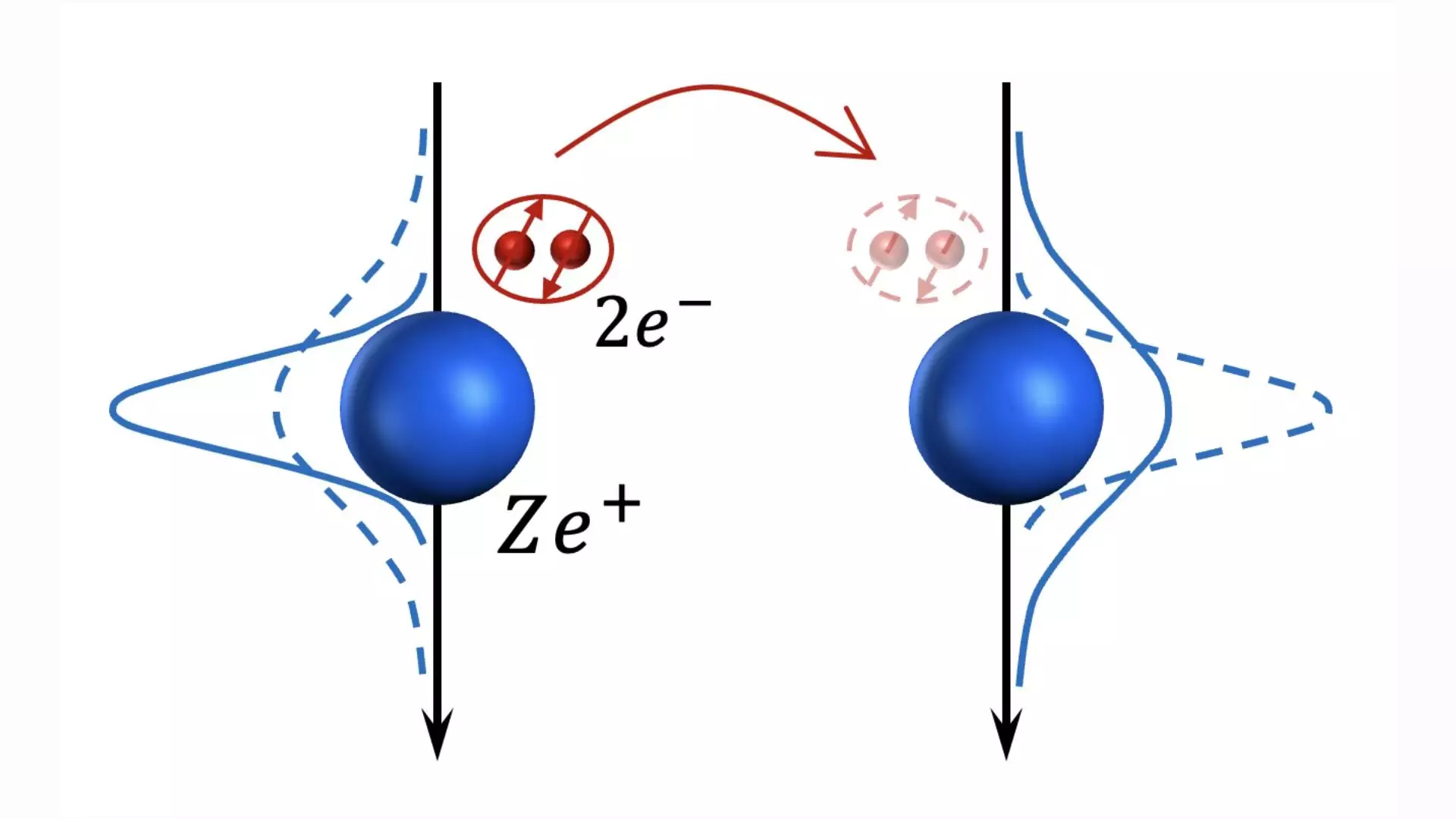A recent study published in Physical Review Letters (PRL) sheds light on the potential of quadratic electron-phonon coupling to elevate superconductivity through the creation of quantum bipolarons. The interaction between electrons and lattice vibrations known as phonons, referred to as electron-phonon coupling, plays a crucial role in enabling superconductivity in certain materials by facilitating the formation of Cooper pairs, which are pairs of electrons held together by attractive interactions.
Electron-phonon coupling can be classified based on its dependence on phonon displacement, with linear coupling being the most common scenario where the coupling is directly proportional to the phonon displacement. On the other hand, quadratic coupling involves the interaction energy being proportional to the square of the phonon displacement. While linear coupling is extensively studied due to its prevalence in superconducting materials, materials with linear coupling face limitations such as low critical temperatures below 30 Kelvin.
Researchers, including Zhaoyu Han from Stanford University and Dr. Pavel Volkov from the University of Connecticut, embarked on this study to investigate if superconductivity could be enhanced in materials exhibiting quadratic electron-phonon coupling. Unlike the exponential suppression of Cooper pair binding energy and kinetic energy in weak and strong coupling regimes of linear coupling, quadratic coupling presents a different mechanism with the potential to surpass the critical temperature limitations of conventional superconductors.
The researchers extended the Holstein model, a theoretical framework commonly used to describe electron-phonon interactions, to incorporate quadratic electron-phonon coupling in their analysis. By considering the second-order dependence of coupling on phonon displacement, they were able to account for quantum fluctuations and zero-point energy. This led to the formation of quantum bipolarons, where the attractive interactions between electrons are purely quantum mechanical in nature.
In materials with weak electron-phonon interactions, the formation of Cooper pairs is less effective under quadratic coupling, resulting in a low critical temperature that can be influenced by the mass of ions. However, in materials with strong coupling, the formation of quantum bipolarons occurs, leading to a higher critical temperature due to increased mobility of the condensate below the critical temperature. The mass enhancement of quantum bipolarons with coupling is mild, enabling higher critical temperatures compared to the linear mechanism.
The study suggests that the mechanism of quadratic electron-phonon coupling offers the potential for higher transition temperatures, particularly under strong coupling conditions. By utilizing specifically engineered superlattices for electrons, researchers believe that achieving strong coupling could yield significant advancements in superconductivity. The researchers propose further exploration by experimentalists on superlattice materials with large quadratic electron-phonon couplings to validate the predicted outcomes and potentially unlock new frontiers in superconductivity research.


Leave a Reply